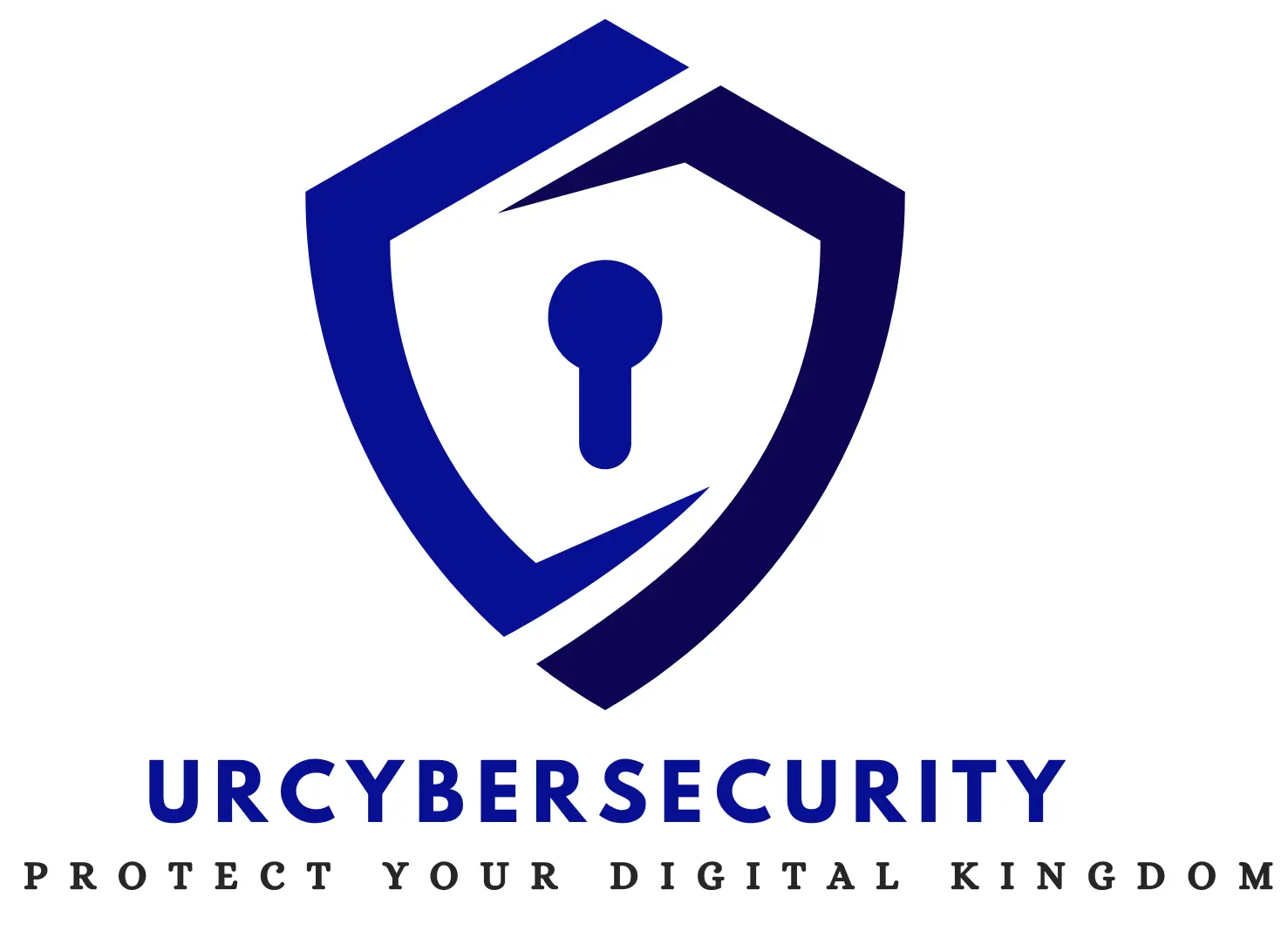How To Protect Senior America?
We often hear about cyber-attacks and breaches on large companies with an enormous amount of data stolen by secret underground cyber groups that, yes, are wearing hoodies. Great! But, those stories are played out these days. Those large companies have the budgets to protect themselves and beyond.
But, what about senior America? Who will protect them? According to the Federal Trade Commission’s, Consumer Sentinel Network, Data Book 2021, there was a 42% increase in fraud and identity theft reports from 2019 to 2020 and another 18% increase from 2020 to 2021. What does that tell us? Aside from feeling scared and hiding under my bed, it tells us that we the people of the United States need more education, awareness, and training about the cyber-world.


The report was also broken down by state with the number of reported cases from seniors over 60 years young. Since I reside in North Carolina, I will mention that there were an astonishing 2,594.

How can I help? What I can do is raise awareness and show you ways to protect yourself.
- Phishing attacks: Pay close attention to the From and To fields in the email. Do you recognize the sender’s address? Is the email addressed to you or someone else? Are there any hyperlinks in the body of the email? If so, hover your mouse over the link. Are the links the same? Do not click or download any attachments and watch for grammical errors in the trough out the email.
- Viruses: Use a reputable antivirus/malware solution. Windows Security in Windows 10 is very good. Keep it updated!
- Back-up Your Data: <—– extremely important.
- Passwords: Use complex passwords. I suggest at least 12 characters and invest in a password manager solution. The Best Password Managers to Secure Your Digital Life
- Multifactor Authentication: Enable it!
- Scams: Search online for the contact information (name, email, phone number, addresses) and the proposed offer. Other people have likely posted information online about individuals and businesses trying to run scams.
- Resist the sense of urgency. Scammers love this!
- Ignore unsolicited phone calls.
- DO NOT disclose personally identifiable information and send money people that you cannot verify.
- Power down your computer and seek help if you see pop-ups. This will help prevent the spread of malware.
Reporting:
If you or someone you know has become a victim of elder fraud, do not hesitate to contact the FBI field office or submit a tip online. Additionally, you can file a complaint with the FBI’s Internet Crime Complaint Center.





